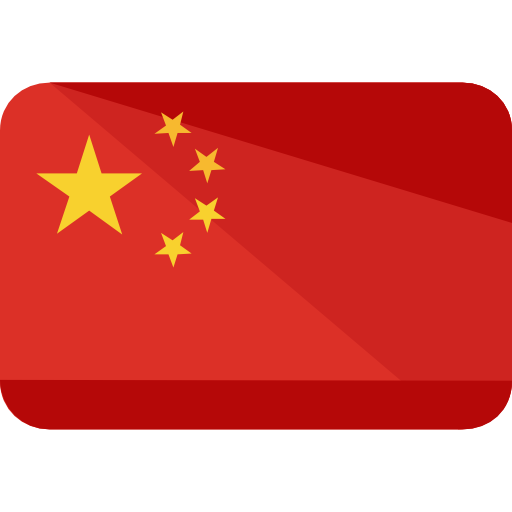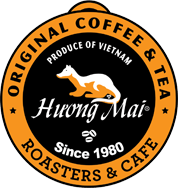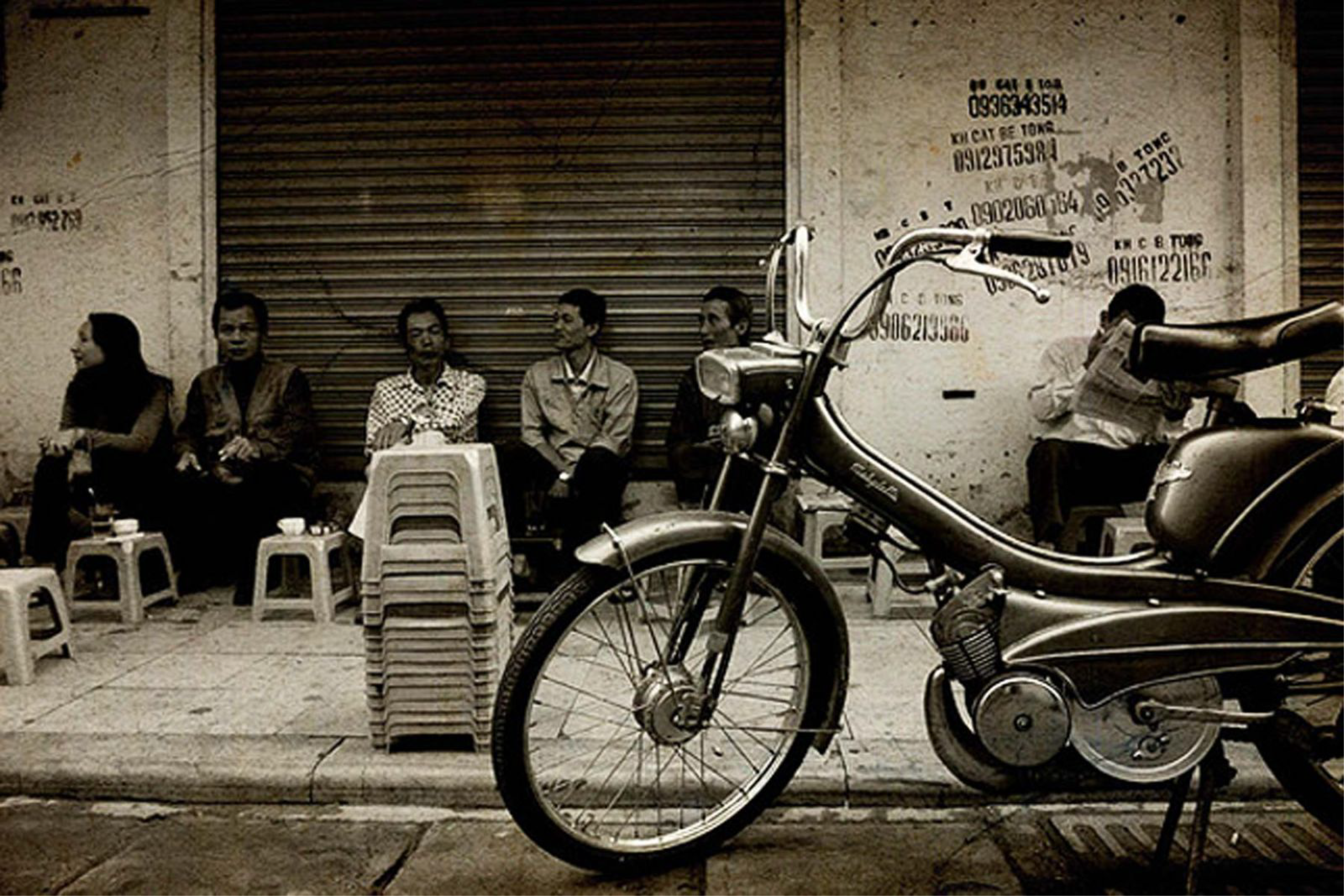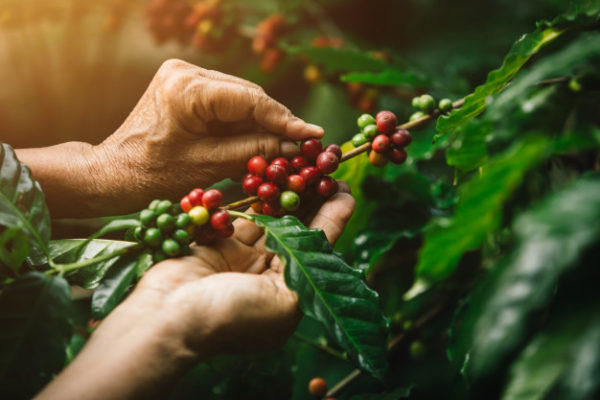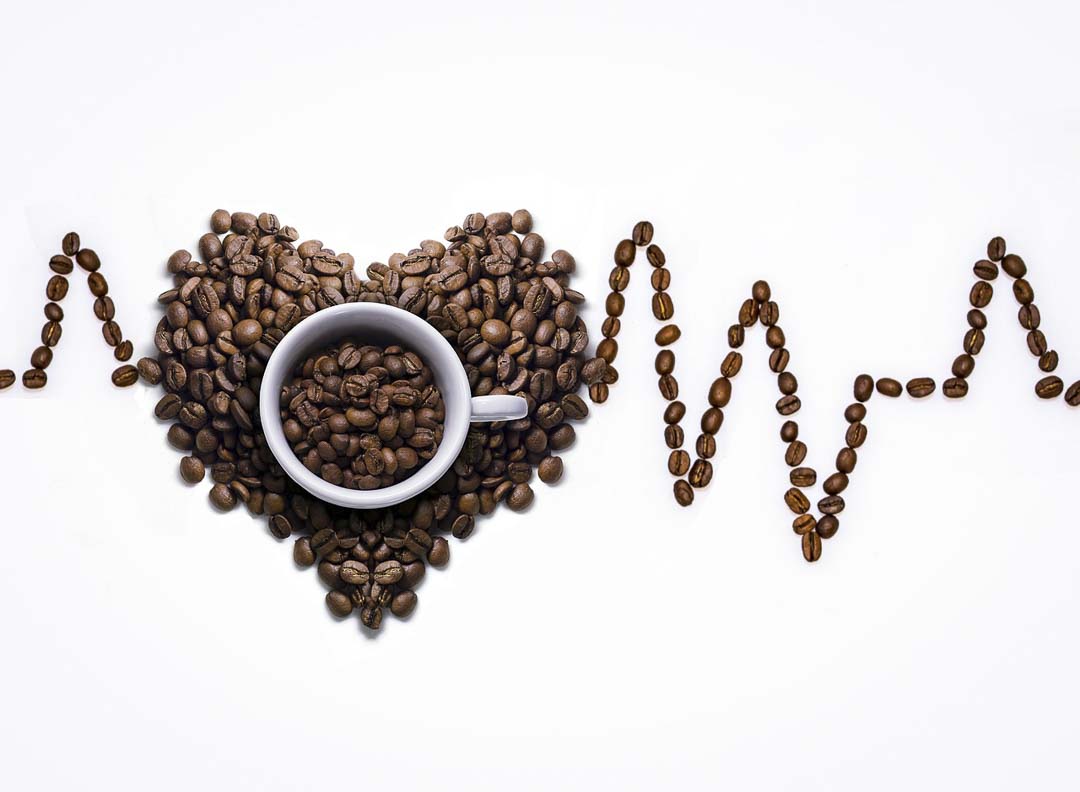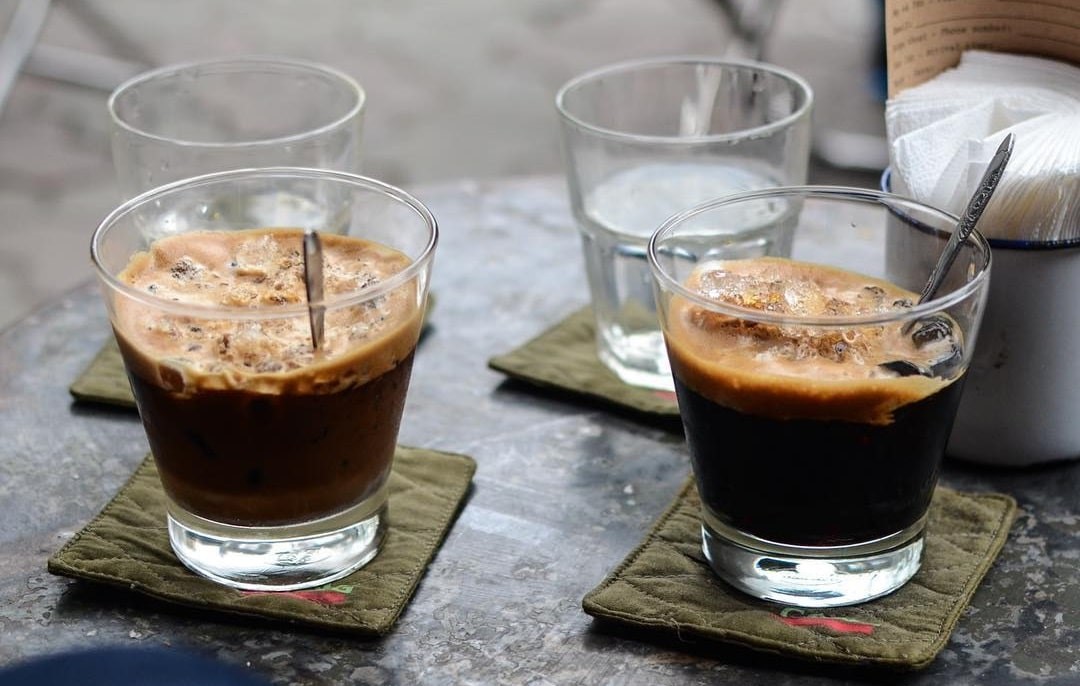How to identify Four Season Oolong Tea A & Four Season Oolong Tea B
What is Oolong Tea?
The word Wulong means black dragon. The proper pinyin is wūláng (乌龙), but oolong (confusing pronunciation) has become the most common spelling in the West, and in Vietnam it's called oolong tea. Oolong leaves are semi-oxidized. This means that during production, oxidation is initiated, controlled, and stopped at some point before the leaves are considered fully oxidized. This is why you will often hear Oolong described as being in between green and black tea. However, as with many things in the tea world, it is more complicated than that. A different step in the traditional oolong tea making process is the bruising step (also known as shaking or shaking). Leaves are shaken, rolled slightly, or flattened until the edges are bruised. This bruise damages the cell layer and initiates the oxidation process. Bruising as a treatment step is an iterative process in which the leaves are bruised leading to slow wilting and oxidation. The process happens over and over until they reach the desired oxidation state. The tea leaves are then fermented (at a certain temperature) to prevent oxidation and shaped, and finally dried.

Uses of Oolong tea
Oolong tea is rich in flavor, widely used in communication and enjoyment. Oolong tea is appreciated for its ability to help the body limit fat absorption when eating greasy foods, thus effectively supporting weight loss. In addition to being used as a popular beverage, Oolong tea also brings many unexpected health benefits from special medicinal substances in tea buds:
Theanine and aromatic compounds: Theanine is an amino acid responsible for creating umami or “taste” for tea, has an appetizing effect, helps enhance taste. The aromatic substances in the tea help to refresh the mind and reduce stress.
- Caffeine in tea in the form of a combination of Tanat and caffeine dissolved in hot water to create aroma and reduce bitterness. Caffeine in tea has pharmacological effects to help wake up, increase heart activity, prevent blood clotting and diuretic. Unlike coffee's free caffeine, tea's caffeine tanat does not interfere with calcium absorption into the body.
- Tannin, which accounts for 26-28% of oolong tea leaves, is a strong antiseptic, the most powerful of which is EpiGalloCatechin Gallate (EGCG) which is a substance with 100 times stronger antioxidant capacity than vitamin C and 25 times stronger than vitamin E. “cleaning” free radicals, which are responsible for damaging DNA structures, cell damage leading to cancer, EGCG helps to support the treatment of breast, bladder, lung, liver, esophagus, and pancreatic cancers. and stomach.
- Vitamin C (found in green tea and oolong) helps to strengthen resistance and prevent colds and flu. Vitamin E slows down the aging process, improves the skin.
- Polysaccharides play an important role in reducing blood sugar, preventing type 2 diabetes.
- Gama-AminoBityric Acid (GABA) helps to lower blood pressure.
- Fluoride and catechin help prevent tooth decay, bad breath, and protect oral health.

You may not know, four seasons oolong tea is classified as high mountain tea. This tea is quite special, growing in the highest mountains and having a dense fog that covers each tea leaf. The taste is naturally sweet with a hint of caramel. Recognizing four-season A and four-season B oolong tea is not too difficult. With just a little observation, we can immediately see the basic difference. First, it's the name. In the name itself there is a clear distinction (A and B) And the main difference is the color.
Olong Tea A: red, shaped like a tea cup being poured.

Olong Tea B: has a cool green color, tea leaf shape. With just a few simple observations, you already know how to distinguish these two types of tea.

I really hope you will have a great experience with Huong Mai with this product.
Love, Huongmai.

